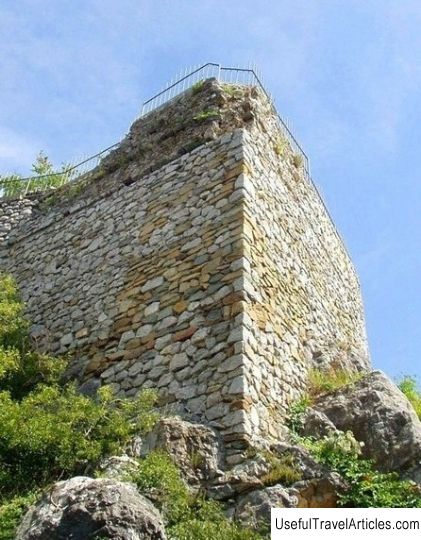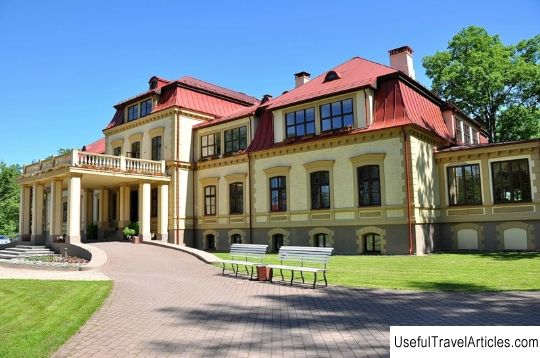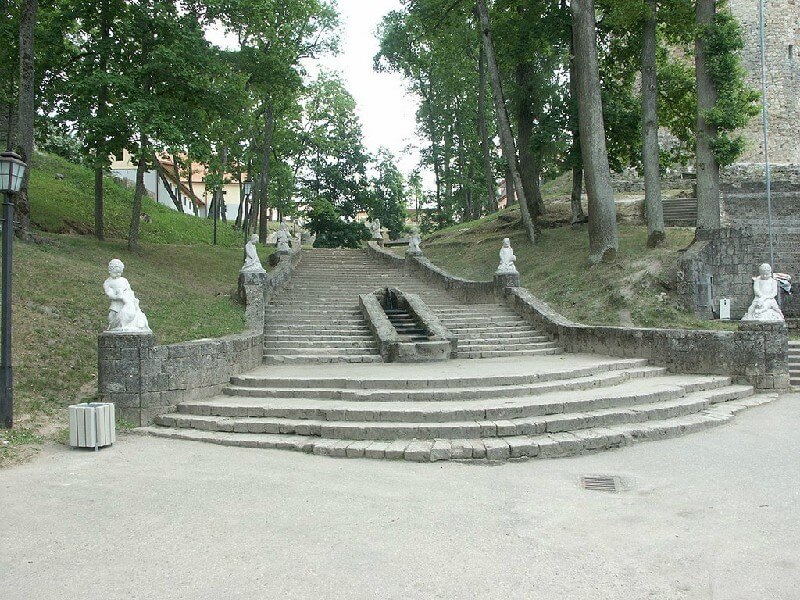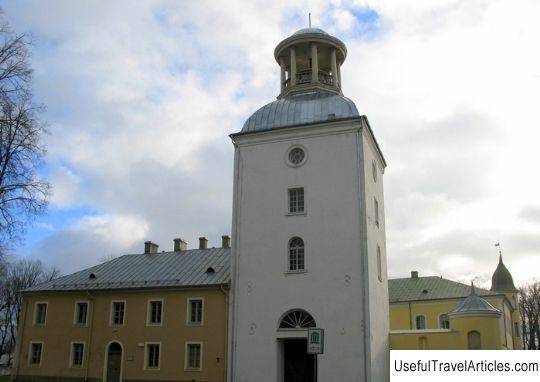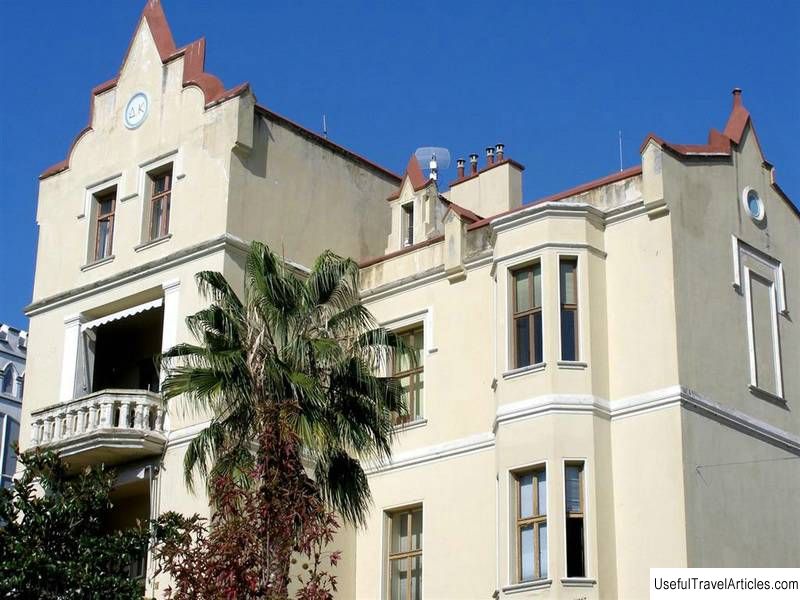Venden Castle (Cesu viduslaiku pils) description and photos - Latvia: Cesis
Rating: 8,2/10 (780 votes) 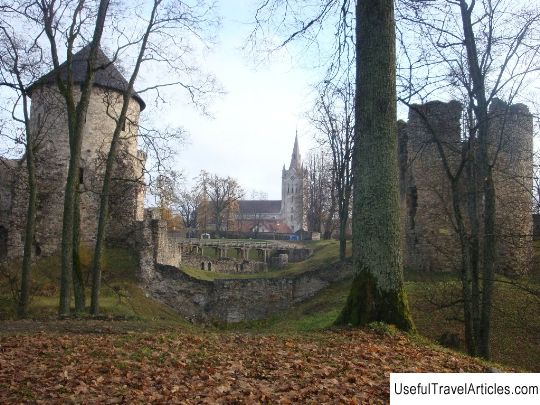
Venden castle (Cesu viduslaiku pils) description and photo - Latvia: Cesis. Detailed information about the attraction. Description, photographs and a map showing the nearest significant objects. Title in English - Cesu viduslaiku pils. Photo and descriptionVenden Castle is the largest and best preserved of the rest of the Order's medieval castles in the territory of Latvia. It is located in the center of the city of Cesis, which went down in history under the German name Wenden. Wenden was founded a little later after the castle of the same name, probably by the Vendians (or Wends), as the name indicates. The castle was created on the site of a wooden fortress of this people. The Wenden castle was built in a place of strategic importance. Trade routes to Pskov, Dorpat and Lithuania converged here. Later, it became part of the Gauja Corridor fortification system, protecting lands in Estonia and northern Latvia. In 1206, the knights of the Order of the Swordsmen, under the leadership of Master Venno (Vinno) von Rohrbach, began the construction of a stone castle. The construction was completed in 3 years. The year of the beginning of the creation of the castle is regarded as the year of the founding of the city of Cesis. After the Battle of Saul in 1236, part of the defeated Order of the Swordsmen entered the Teutonic Order and formed the Livonian Order as an offshoot of the Teutonic Order. С the beginning of 1237, for many years the Venden Castle was the residence of the master of the Livonian Order, but with some interruptions, since about half of the time the residence was located in Riga. Remains of a one-nave chapel in the eastern part of the castle and fragments of architectural details made of white stone of the late Romanesque type have been preserved from the original appearance of the castle. Usually, about 30 knights lived in the castle. Their families and mercenaries were located nearby. The castle was rebuilt in the late 14th - early 15th centuries. From it survived two buildings, connected at right angles, located in the south-west and south-east, and two tiers of the main western tower. Not far from it was the entrance to the courtyard, as well as fragments of the outer arched gallery. The walls were built of limestone and boulders. Apparently, the windows in the castle were decorated with beautiful bindings of white stone. In the late 15th - early 16th centuries, when Master Walter von Pletenberg ruled, two round artillery towers with walls more than four meters thick were built, and a network of forburgs was organized. Wenden Castle underwent many attacks and withstood a lot of sieges. In 1577, the troops of Ivan the Terrible almost destroyed it. And in 1748 the castle burned down during the city fire. In 1777, the family of Baron Sievers bought land and rebuilt the castle, turning it into a Gothic palace. After the independence of Latvia, the Venden Castle was restored. Currently, work is underway to restore the Venden Castle in Cesis. The western tower, which houses the master's hall, is in good condition. The Lademaer Tower, outbuildings and the east tower look good. It contains a refectory - remter, in which the knights dined. For walks around the castle, tourists are given a flashlight, and what is very interesting - a medieval helmet in order to give a special flavor and in order to protect themselves from blows in dark corridors against jambs and on narrow spiral staircases. In the basement is the castle's prison, which can also be visited. An interesting fact is that the writer A. Bestuzhev-Marlinsky, Decembrist, created a novel about the Wenden Castle and its noble owner - “Wenden Castle. An excerpt from the diary of a guard officer. May 23, 1821 "(this is one of his four" Livonian novels "). The Venden Castle in Cesis is a unique attraction, as it is the largest and best preserved medieval castle in Latvia.        We also recommend reading Natural History Museum description and photos - UK: London Topic: Venden Castle (Cesu viduslaiku pils) description and photos - Latvia: Cesis. |
